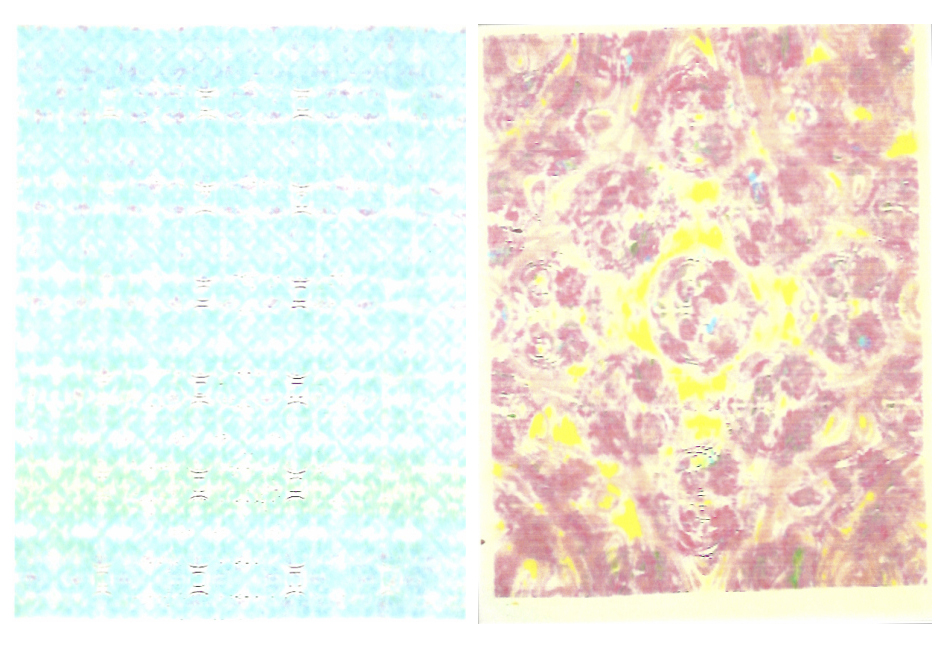
LOST IN TRANSLATION
As technologies developed with ever-increasing color capabilities, it became important to create a superior means of quantifying color in order to capture and reproduce our visual experience more accurately within the digital realm. Once this was achieved, a tremendously complex color system evolved to suit varying demands. Some facets of the system conveyed the intrinsic ability of each component in the digital hierarchy to produce color, while others were designed to relate these capacities to a standard measurement in order to better ensure color fidelity across each platform. Unfortunately, this is an imperfect system with many flaws that stem from a vast array of problems which are inherent to the software. Thus, we are unable to translate accurately the digital information within our files from one source to the other without some amount of data loss and file corruption. The degradation of digital images when they are “translated” between devices can have a particularly dramatic effect on images. “Artifacts” can appear, colors can be shifted, and a general sense of chaos can be gleaned from within the final image. Yet, while this is particularly problematic for achieving accuracy within images, perhaps it is possible to view image corruption as an aesthetically beneficial process — a kind of abstract creationism. This is precisely the idea behind the Lost in Translation project. Beginning with textures composed of various colors as the raw material, I have endeavored to harness the digital translation process as a means of artistic collaboration with technology.
SECTOR C: Art Practice and Technology
ADVISERS: David Comberg (FNAR) | Alistair Isaac (PHIL)

 Visual Studies
Visual Studies